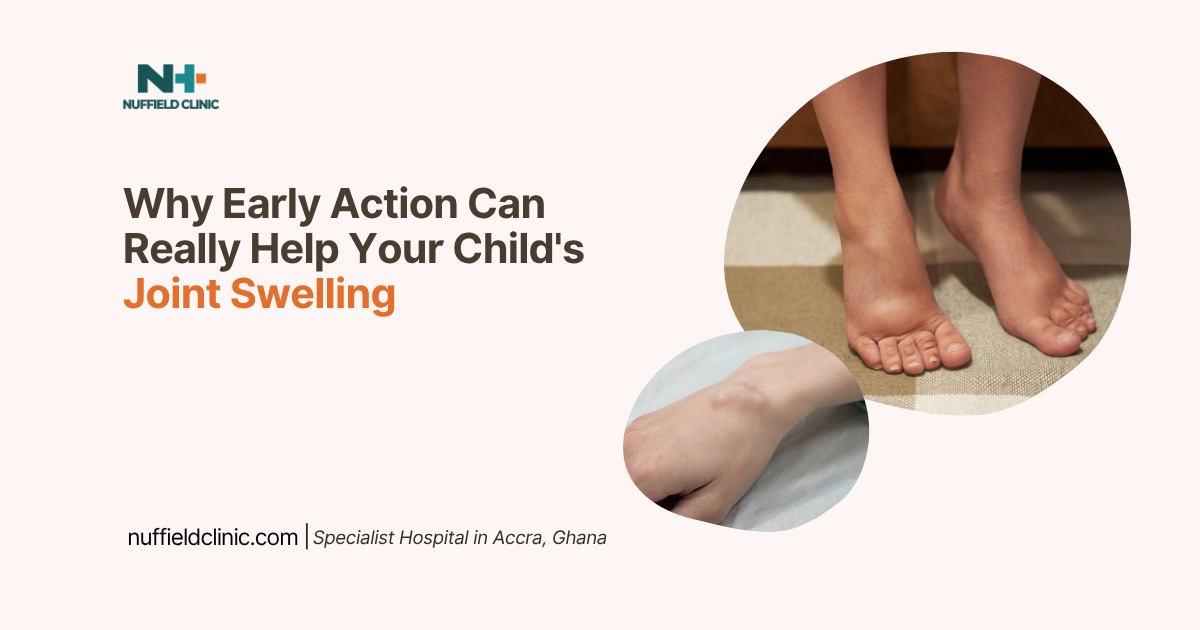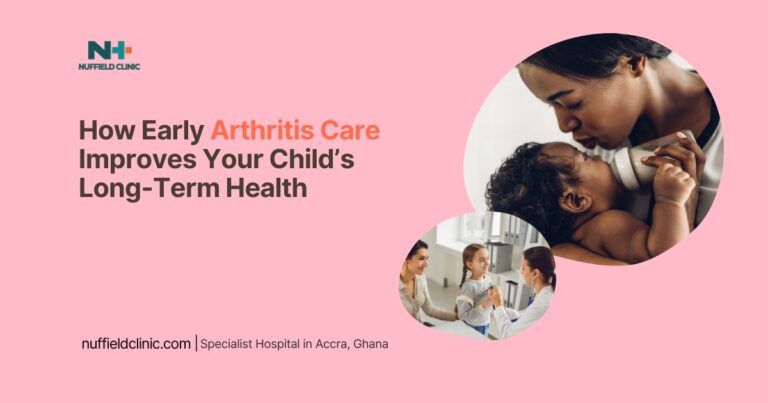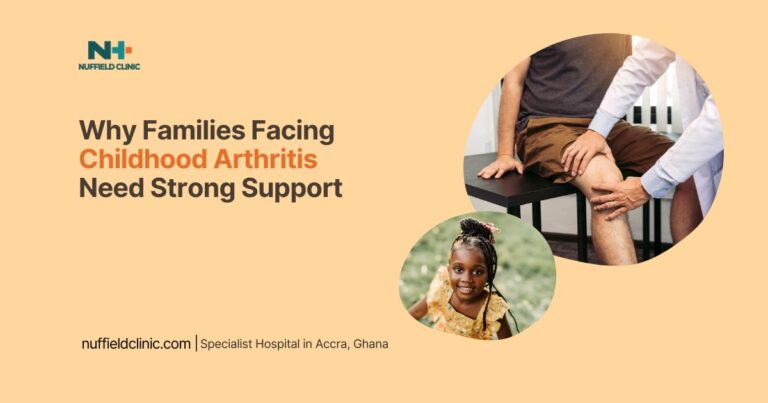Why Early Action Can Really Help Your Child’s Joint Swelling

What difference does early action make in mitigating joint swelling in kids? Joint swelling in children may not always seem urgent at first. It might follow a fall at the playground or appear during a period of illness. Often, parents hope it will go away on its own with rest or home remedies. But there are times when that swelling reflects something more serious that, if left untreated, can cause lasting harm. Acting early to evaluate and treat joint swelling can make a critical difference in a child’s long-term health, mobility, and quality of life.
Preventing Rapid Joint Damage
Septic arthritis is one of the most urgent causes of joint swelling in children. It occurs when bacteria invade the joint space, leading to an aggressive infection. This condition progresses quickly, and in some cases, it can start causing irreversible cartilage damage within a day or two. When the infection involves joints like the hip, the situation becomes even more complex, as the blood supply to the femoral head can also be compromised.
In a growing child, this can interfere with the development of the limb, potentially causing the arm or leg not to reach its full length. The risk doesn’t stop there. Without swift treatment, the infection may spread to the surrounding bone, leading to osteomyelitis. The affected bone tissue may die, a condition known as osteonecrosis, and in more serious cases, the infection may lead to sepsis, which is a widespread and potentially fatal immune response. Mortality rates associated with septic arthritis in hospitals range from 3 to 15 percent. What starts as a swollen, painful joint can quickly escalate into a condition that limits a child’s ability to walk or even threatens their life. Acting early by seeking medical evaluation is essential to prevent these serious complications.
Avoiding Lifelong Complications
Juvenile Idiopathic Arthritis is an autoimmune condition that causes the body’s immune system to target healthy joint tissues. This can result in chronic inflammation, pain, and swelling. Unlike infections, the process is slower, but the consequences can be just as severe if not addressed early. Ongoing inflammation can damage joint cartilage and disrupt bone development, potentially leaving permanent joint deformities or misalignments.
An especially serious complication of JIA is uveitis, a type of eye inflammation that often develops without noticeable symptoms. If not screened and treated in time, it can cause permanent vision problems. Additionally, some children with JIA experience increased blood flow to the inflamed joint, which may cause the affected leg to grow longer than the other. Even when the condition doesn’t lead to visible deformities, the stiffness and pain, especially worse in the morning, can limit a child’s ability to participate in activities they enjoy, from running with friends to attending school comfortably. Early diagnosis and intervention with medications and supportive therapies can preserve joint function, reduce pain, and help children lead more active lives.
Protecting the Hip Joint
SCFE occurs during the growth spurts of late childhood or early adolescence. It involves the slippage of the ball at the top of the thighbone (femur) from the growth plate, which is the area of growing tissue near the ends of long bones. When this condition is diagnosed and treated quickly, surgery can often stabilise the bone and prevent further issues. However, when diagnosis is delayed, more serious outcomes may follow.
One of these is avascular necrosis, where the blood supply to the bone is interrupted, leading to bone death and collapse. Another is chondrolysis, where the cartilage inside the joint breaks down, causing stiffness, deformity, and lasting pain. Over time, irregular contact between the hip bones can lead to femoroacetabular impingement (FAI), which wears down the joint surfaces. This can progress to osteoarthritis earlier than expected, potentially requiring a total hip replacement at a young age. The earlier SCFE is detected and addressed, the more likely it is that the child will retain hip function without future surgeries or limitations.
Preventing Hip Deformity
Legg-Calvé-Perthes Disease typically occurs in children between the ages of 3 and 10. It involves a temporary loss of blood supply to the femoral head, which then begins to weaken and may collapse. Over time, the bone heals, but without proper care, the shape of the healed bone may be altered. If the round shape of the femoral head is lost, the hip may no longer move smoothly in the socket, increasing the risk of stiffness, pain, and early-onset arthritis.
Children who receive timely treatment have a greater chance of healing well, especially younger children whose bones are still developing rapidly. Good treatment during the early stages can help maintain the round shape of the femoral head and reduce long-term risks. Delays in diagnosis can reduce these chances and may leave a child with reduced range of motion, uneven leg lengths, or muscle wasting around the affected joint. In the long run, these changes can interfere with daily movement, limit participation in activities, and affect posture and strength.
The Role of Early Diagnosis
All these conditions, whether they involve infection, inflammation, or mechanical problems, share a common theme. When the signs are caught early, and the child is examined and treated promptly, the risk of long-term harm drops significantly. Whether it’s preserving joint cartilage, protecting the eyes, maintaining leg length, or avoiding bone collapse, early action can shape the entire trajectory of a child’s health.
Joint swelling is a visible clue that something is wrong, and it should never be ignored, especially if it lasts more than a couple of days, occurs alongside fever, or interferes with walking or play. Children may not always be able to explain their symptoms clearly, but changes in activity, behaviour, or gait often speak volumes. Parents who notice such changes can help ensure their child receives the care they need by acting without delay.
If your child is showing signs of joint swelling or discomfort, book a consultation with a pediatric specialist at Nuffield Clinic today.







